Graphics Reference
In-Depth Information
Proofs help designers and others know, before beginning press production, how a piece will
look and feel when it has been printed and assembled. They also serve as a means of check-
ing how a digital file will print and ensuring that type, imagery, and color will print as specified.
A broad range of proofing possibilities exists. Which method you choose depends largely on
what aspect of a job is being checked. In many cases, one type of proof will be adequate in
the early stages of a job, whereas, others will be more useful as the job progresses.
Paper dummy:
A paper dummy is a
nonprinted sample assembled to project
specifications with the paper that has
been specified for the job. Although paper
dummies do not show how a job will look
when printed, they are useful for showing
how bulky a document will be and how
much it will weigh, if mailing costs are a
consideration. Paper dummies are useful
when making paper choices for pocket
folders, direct mail pieces, and all other
types of publications.
Analog color proofs:
Analog color proofs
involve overlays, made directly from film
negatives that record each color on a
separate sheet of clear polyester film. The
films are taped or laminated together in
register to give a representation much like
a color print. Dyes for these proofs are
matched to inks to simulate the finished,
printed piece. Because they are made
from the negatives that will print the final
job, analog proofs have long been regarded
as the most accurate means of determin-
ing imaging and color accuracy. Cromalin
and Color Key are both brand names for
this type of proofing system.
Ink drawdowns:
Provided by the ink suppli-
er to the printer, ink drawdowns are used
for determining how the ink and paper will
interact before going on press. Generally
prepared in 12"
×
6" (304.8
×
152.4 mm)
strips, drawdowns are often used to deter-
mine absorption rates on uncoated papers
and for matching critical colors, such as
a corporate colors, on different types of
papers.
Digital proofs:
Digital proofs range from
simple black-and-white laser prints gener-
ated from a studio printer to sophisticated
color proofs that simulate how a job will
look when it is finally produced on press.
Digital proofs are your only option
if offset plates are generated directly from
digital files without producing negatives—
an option commercial printers are increas-
ingly turning to as digital prepress tech-
nology becomes more sophisticated and
color accuracy more reliable. Processes
include prints generated by laser, thermal,
dye sublimation, or ink-jet printers.
Bluelines:
Photosensitive paper is com-
bined and exposed with film negatives for
a job to give a one-color (blue) represen-
tation of how the job will print. Bluelines
work well for checking the placement of
text and images, cropping and image size
as well as crossovers, folds, and page
sequencing. They are not suitable for
checking color or image quality. They can
only be generated when film negatives are
produced as part of the job. Also called
Dyluxes
.




























Search WWH ::

Custom Search